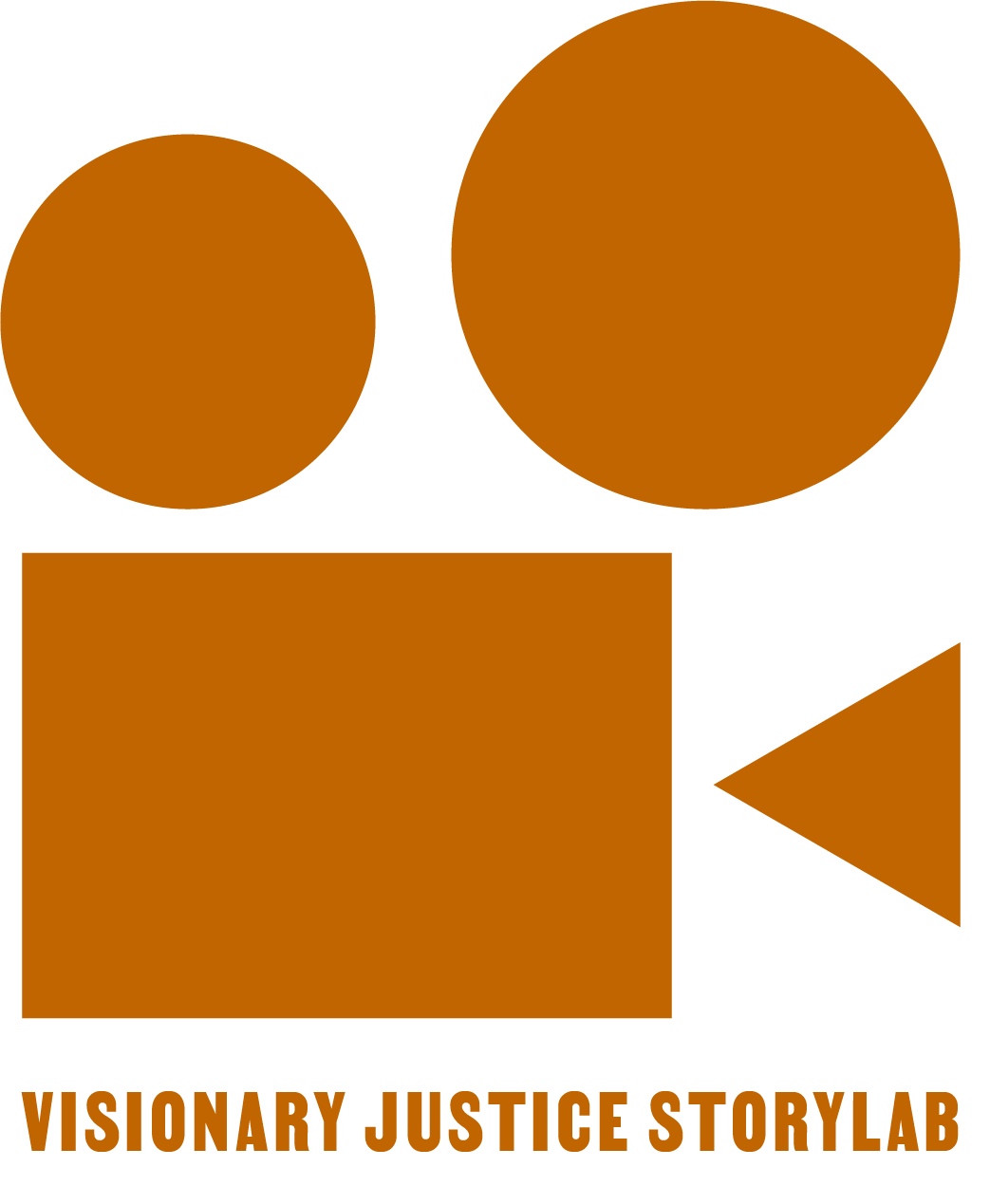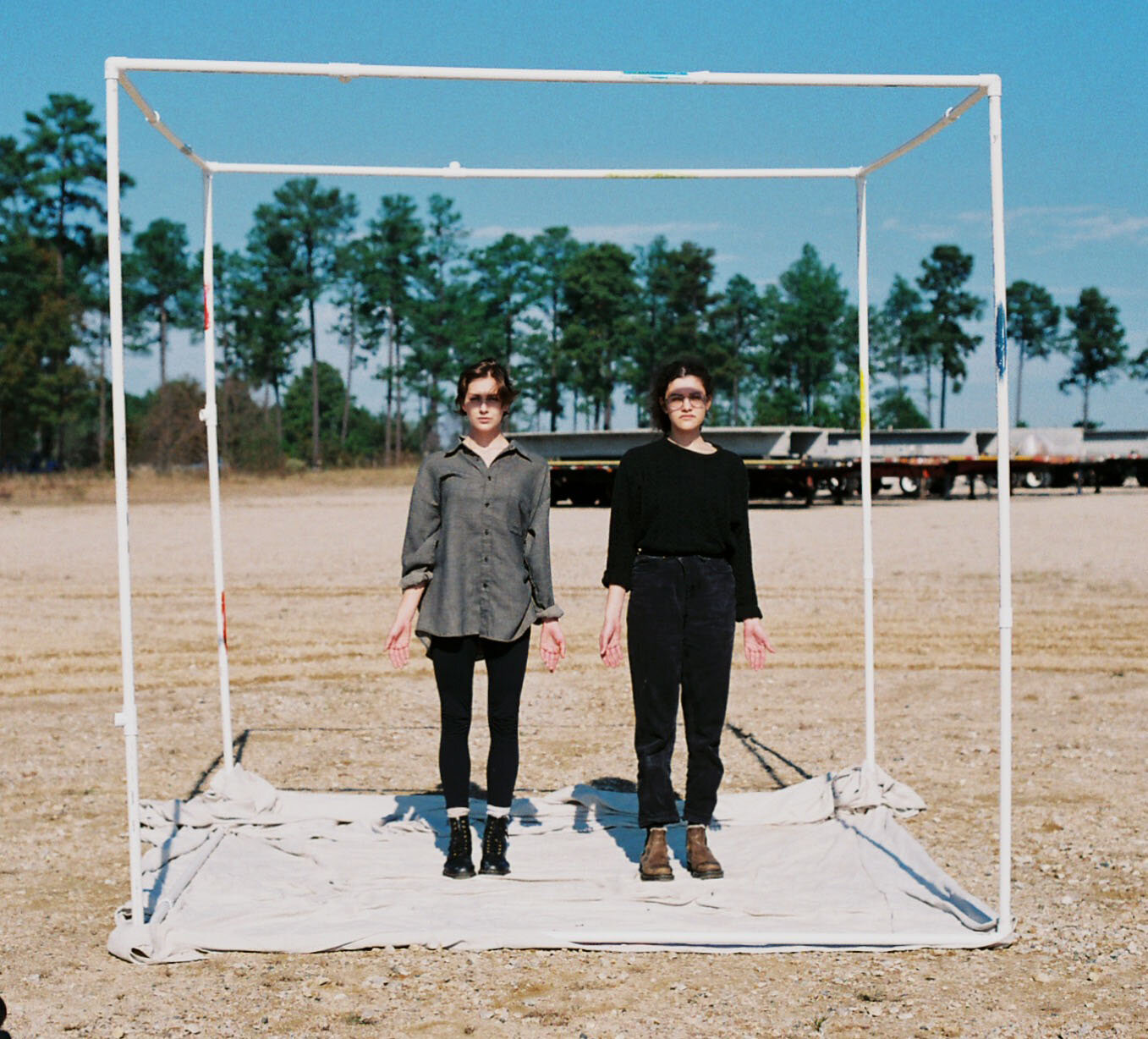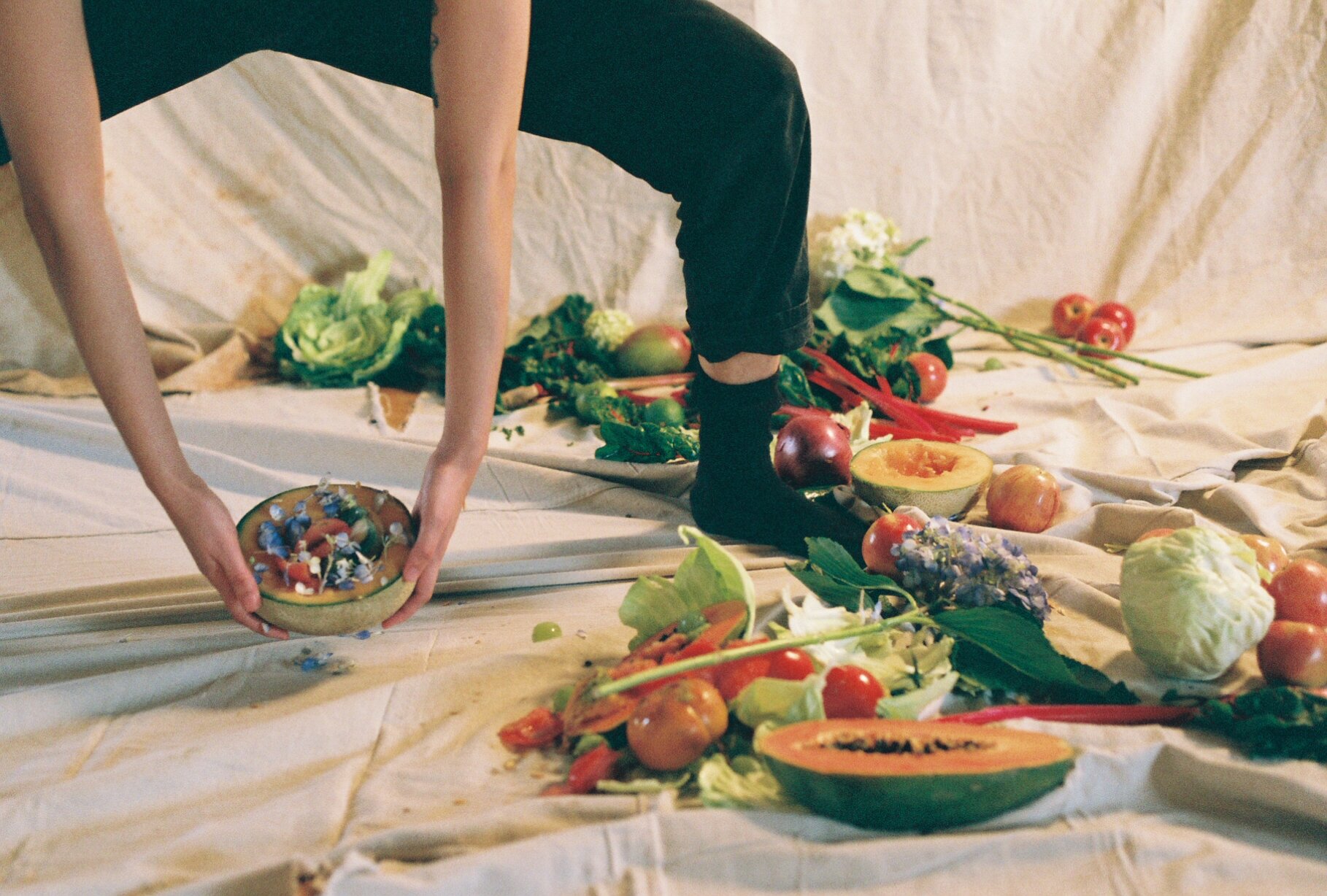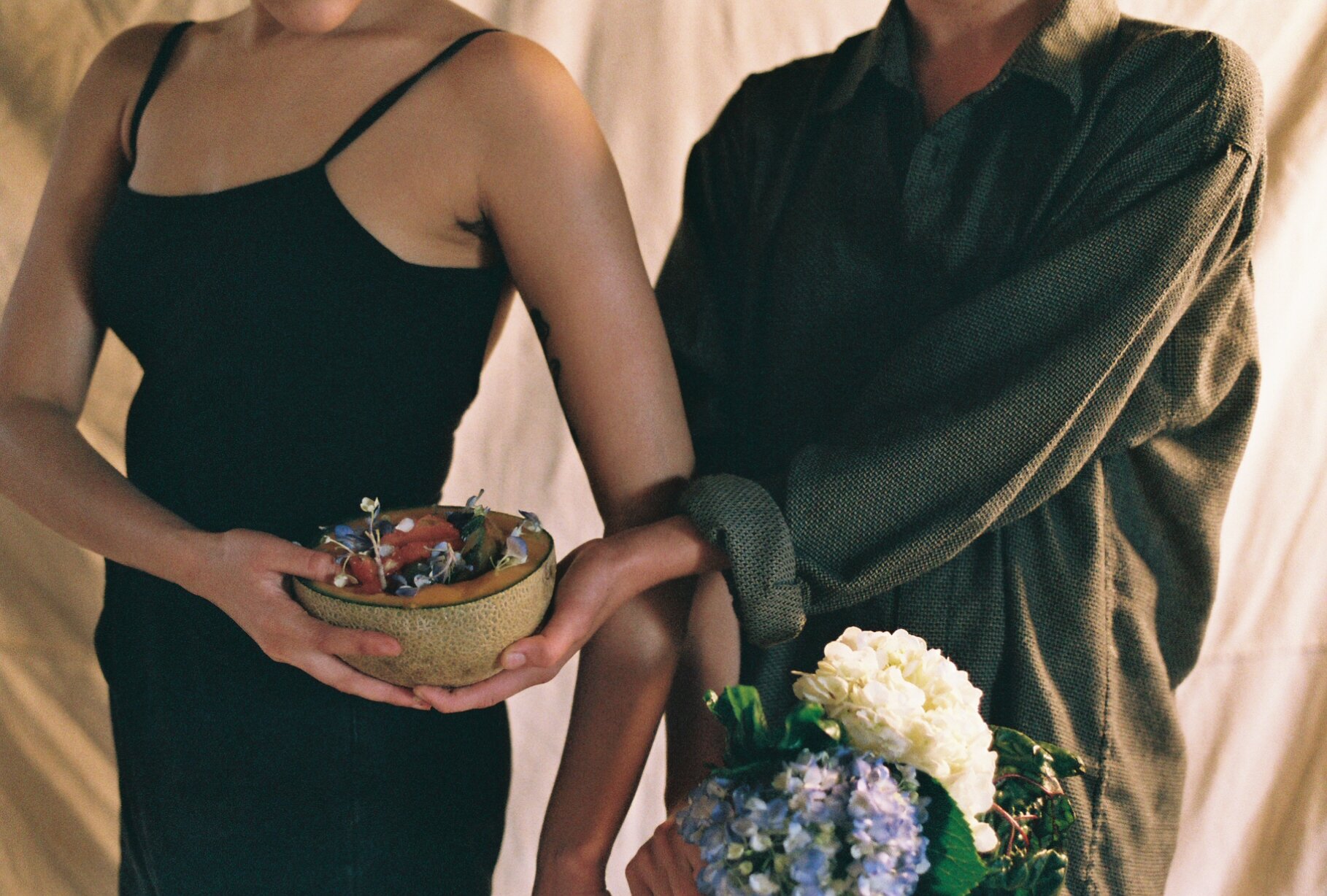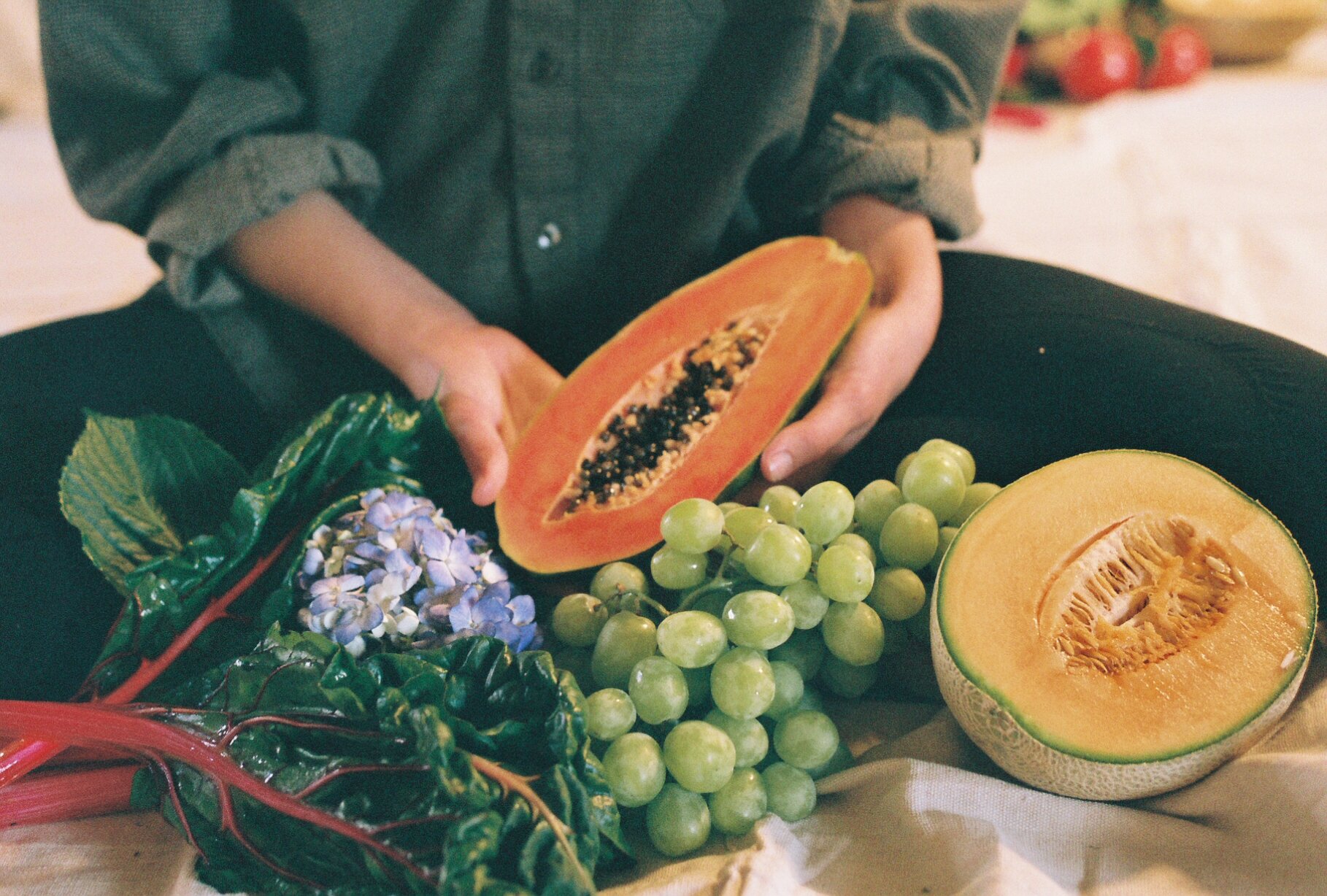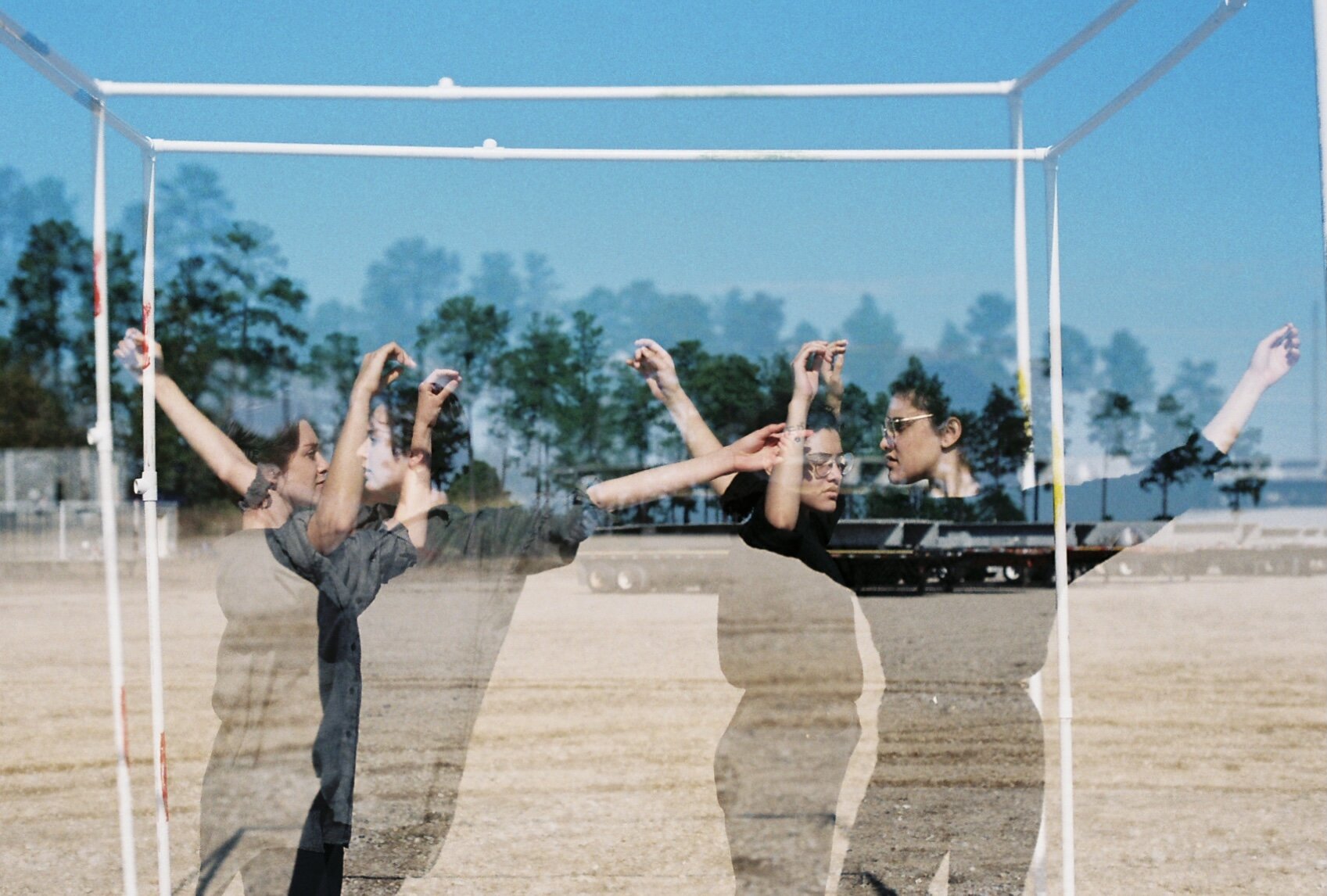Creative Practice in Community
By Jon Copes
It goes without saying that 2020 has been a tough year. We’ve stared down the barrel of state repression and violence against black and brown people, been effectively abandoned by the state in the face of a pandemic, and even today live with a houselessness and eviction crisis hanging over our heads for the year to come. And yet, in spite of this, I have never seen my community live more in its power and love than I have these last few months. When I was presented the opportunity to tell a story through the Resisting Narratives of Erasure series I knew that I wanted to use it to reflect on this power and imagine the future we are working towards building.
I have never really considered myself a filmmaker, so one of the immediate challenges of this project was figuring out how to connect my practice and point of view with the medium presented. Being in the company of the other crazy talented fellows, and sharing time with all the brilliant minds in the lab forced me to confront my personal feelings of inadequacy and imposter syndrome. I found myself questioning my sensibilities as a “filmmaker” and what I had to offer as an artist. The beauty of the Visionary Justice Storylab, however, is that it is designed to break us out of the constraints placed upon us as artists of color/artists in the South/queer folks and to foster a sense of liberatory creation. I was inspired by TAYLOR ALXNDR and Ja’Tovia Gary and their words on finding my audience and honing my point of view outside of the norm. I knew that I was inspired by the powerful folks in my community so I decided to lean into that inspiration and make it the focus of my process in creating this piece.
My approach to this project shifted away from a linear focus on the end goal of creating a short and became about reconnecting with my community and reflecting on our year at every step. From beginning to end I had to rely on them to even make this thing happen, and I owed it to them to create something that included them as integral parts of the project’s conception and execution. I pushed myself to create something more expansive than just a short piece of moving image, and ended up with a short, a collection of portraits, and a series of interviews.
During the production process of my piece, I captured a series of 35mm portraits of the dancers featured in my piece in motion. These portraits are meant to convey the themes of love, connection, community, and care that we’ve experienced and shared this year. The interviews were conducted with members in my immediate affinity group and others whose relationships have strengthened through working together in the streets. They were moments of reflection and joy to be shared amongst each other, and aside from a few short clips are not featured in the film.
So much of what I have to say this year is about power, and hope, and bravery, and abolition. We have learned we have the power to fight back in the streets, to provide and care for each other under the repression of the state, to live in the future that we envision for ourselves. We have learned that care and love are feeding each other, housing each other, pulling cops off of each other. Hope is a burning precinct or a letter to an incarcerated person. Bravery is fireworks outside of the jailhouse or simply just waving to them whenever you pass by. I hope that my work captures that. Until every cage is empty. We can help each other be powerful. We can help each other be brave.
